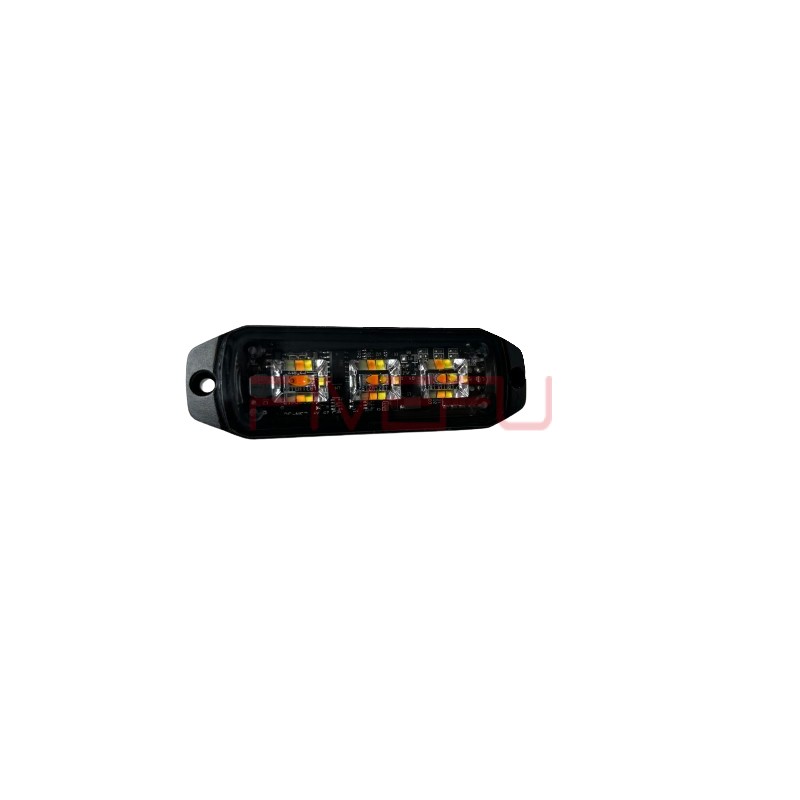When a blackout strikes, darkness causes safety hazards. Without reliable emergency lighting, panic, accidents, or evacuation failures may occur. Proper emergency lights ensure safety during outages.
Emergency lights do require power during a blackout, but they operate using backup batteries or generators rather than the main power grid. These lights automatically activate when the power supply fails, providing safe illumination until electricity is restored.
Emergency lighting systems are designed to reassure, guide, and protect. Let’s explore how they function and why backup power sources are essential.
How do emergency lights work during a blackout?
Emergency lights are wired to detect a sudden loss of electricity. Once the main supply fails, their internal battery packs or a connected generator instantly switch on. This automatic response provides continuous light to escape routes, staircases, hallways, and critical safety areas.
Modern systems use rechargeable batteries that constantly charge when normal power is available. The stored energy is then discharged during an outage. Depending on the design, emergency lights can run for 90 minutes to several hours. In commercial buildings, compliance with fire safety codes ensures that emergency lighting offers sufficient brightness and duration to aid evacuation.
Why do emergency lights need power?
Although their purpose is to illuminate when the power is out, emergency lights still require energy to function. The difference is in the source. Instead of grid electricity, they rely on backup batteries or an alternate power supply.
These systems are essential because without a dedicated energy reserve, the lights would fail exactly when needed most. The reliance on batteries or generators makes them independent of the outage, ensuring they activate instantly. This independence is what guarantees safety during blackouts, fires, or other emergencies.
Types of power sources for emergency lights
Emergency lighting solutions use several different backup power options:
-
Self-contained units (battery-powered): Each fixture has its own rechargeable battery, easy to install and maintain.
-
Central battery systems: A single battery bank powers multiple fixtures across the building, simplifying control but requiring more investment.
-
Generator-supported systems: Diesel or natural gas generators provide extended runtime for larger facilities with higher safety demands.
Each type offers advantages. For example, self-contained units are cost-effective for small offices, while generators are essential for hospitals or high-rise complexes.
What happens if batteries fail?
If the batteries or backup systems of emergency lights are not properly maintained, they may fail during a blackout. This can leave occupants in complete darkness, creating dangerous conditions. That is why routine testing and battery replacement are legally required in many countries.
For instance, building codes often mandate monthly and annual tests. Facility managers must ensure that the lights activate properly and that the batteries last for the minimum required duration. Neglecting maintenance can lead to liability issues, fines, or even loss of life.
The role of LED technology in emergency lighting
Modern emergency lights often use LEDs because of their low energy consumption and extended lifespan. LEDs maximize the efficiency of battery power, providing longer runtimes compared to older incandescent bulbs.
LEDs also offer higher brightness and require less frequent replacement. This reduces maintenance costs and ensures more reliable performance during blackouts. As a result, LED-based emergency lights are now standard in most modern safety systems.
Importance of compliance with safety standards
Emergency lighting is not optional—it is a legal requirement in most commercial and public buildings. Codes such as the NFPA (in the U.S.) or international fire safety regulations specify minimum lighting levels, backup duration, and testing procedures.
Compliance ensures that building owners and operators provide a safe environment. It also protects against legal risks in case of accidents. Therefore, emergency lights must not only be installed but also maintained according to these standards.
Conclusion
Emergency lights always need power, but they depend on backup sources, not the main grid, to ensure safety during blackouts.









